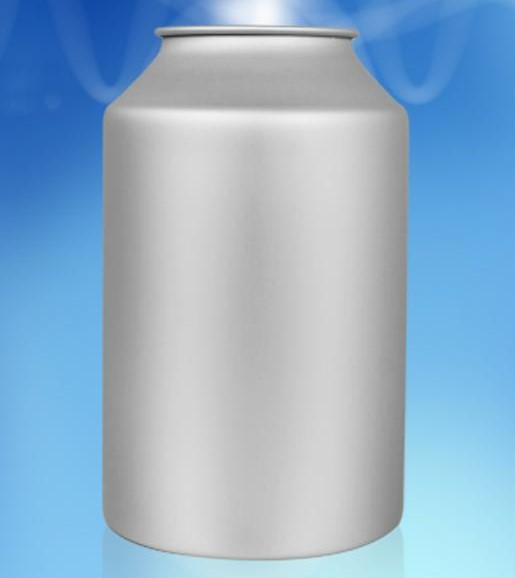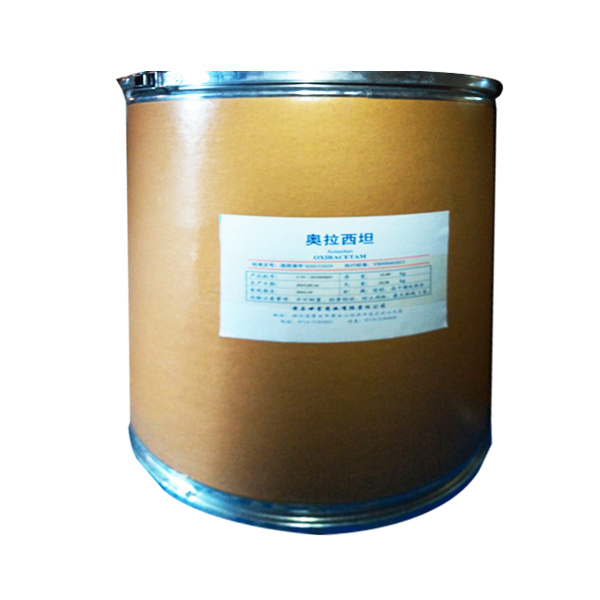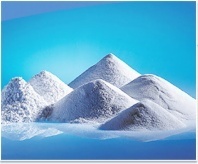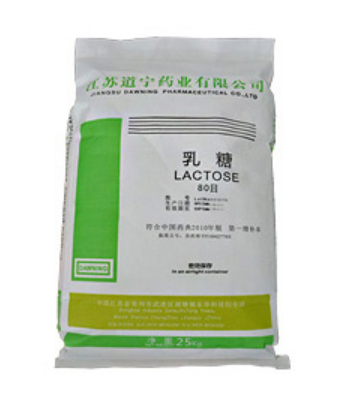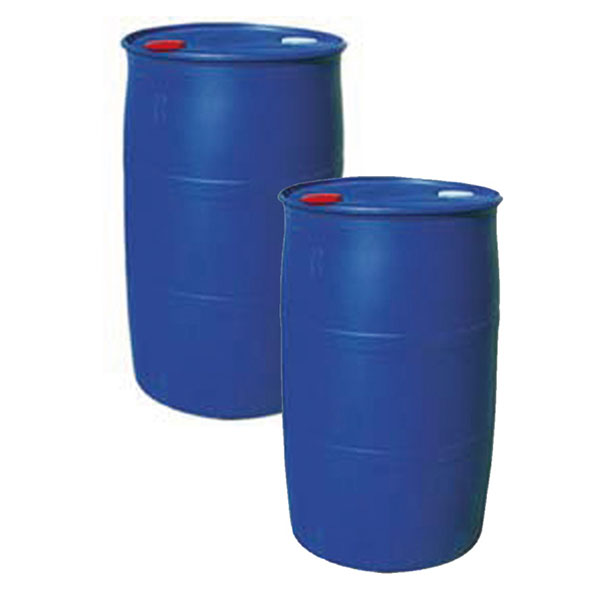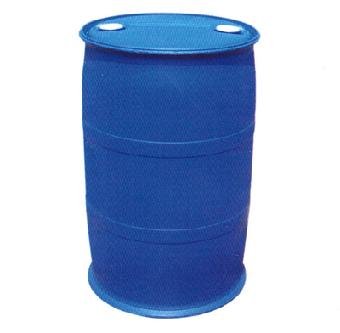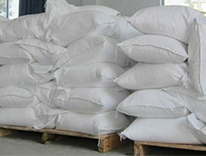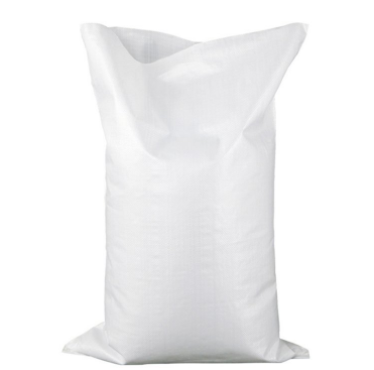Pharmaceutical Raw Materials
Veterinary API
Antiallergic Drugs
Hormones and Endocrine Drugs
Drug Metabolism
Pharmaceutical Intermediates
Synthetic Anti Infective Drugs
Specialty Drugs
Vitamins and Minerals Medicines
Feed Drug Additive
Antineoplastic Agents
Nervous System Drugs
Respiratory Drugs
Diagnostic Agents
Anti Stress Drugs
Antipyretic Analgesics
Antiparasitic Drugs
Circulatory System Drugs
Biochemicals
Blood System Drugs
Immune System Medication
Pharmaceutical Excipients
Fluid, Electrolyte, and Acid-Base Balance
Urinary System Drugs
Antibiotics
Anesthetic Agents
Inhibitors
Other Chemical Drugs
Digestive System Drugs
CAS:62613-82-5
Molecular Formula:C6H10N2O3
Alias
More Information
4-Hydroxy-2-Oxopyrrolidine-N-Acetamide; 4-Hydroxy-2-Oxo-1-Pyrrolidineacetamid; 4-Hydroxypiracetam; Hydroxypiracetam; 2-(4-Hydroxy-Pyrrolidino-2-On-1-Yl)Ethyl Acetate
Brief Introduction
Oxiracetam (ISF 2522) is a nootropic drug of the racetam family and very mild stimulant. Several studies suggest that the substance is safe even when high doses are consumed for a long period of time. However, the mechanism of action of the racetam drug family is still a matter of research. Oxiracetam is not approved by Food and Drug Administration for any medical use in the United States.
Suppliers
View More Vendors (3) >
Alias
More Information
Lactobiose; D-Lactose; Lactose,Anhydrous; D-Lactose Anhydrous; Anhydrous Lactose; Screening Lactose; Crushing Lactose
Brief Introduction
This product is a nutritional sweetener, which is widely used in making baby food, candy, margarine, culture medium, color layer absorbent and shaping medicine.
Suppliers
View More Vendors (3) >
CAS:638-07-3
Molecular Formula:C6H9ClO3
Alias
More Information
4-Chloro Ethyl Acetoacetate; Ethyl (Chloroacetyl)Acetate; Ethyl G-Chloroacetoacetate; Ethyl 4-Chloroacetoa; 4-Chloro-Acetoacetic acid Ethyl Ester; 4-Chloro-3-oxo-Butanoic acid Ethyl Ester; Ethyl 4-Chloro-3-Oxobutanoate; Ethyl 4-Chloro Aceto Acetate
Brief Introduction
It is used as the intermediate of medicine and pesticide.
It is an intermediate of pharmaceutical synthesis and the intermediate of oxiracetam and L-carnitine. Amlodipine besylate for synthesis
Suppliers
View More Vendors (3) >
CAS:644-36-0
Molecular Formula:C9H10O2
Alias
More Information
O-Tolylacetic Acid; O-Methylphenylacetic Acid; 2-Methylphenyl Acetic Acid; 2-Tolylacetic Acid; O-Tolyacetic Acid; 2-Methylbenzeneacetic Acid
Brief Introduction
This product is mainly used as an intermediate in organic synthesis.
Suppliers
View More Vendors (3) >
CAS:656247-18-6
Molecular Formula:C33H39N5O7S
Alias
More Information
3-Z-[1-(4-(N-((4-Methyl-Piperazin-1-Yl)-Methylcarbonyl)-N-Methyl-Amino)-Anilino)-1-Phenyl-Methylene]-6-Methoxycarbonyl-2-Indolinone Monoethanesulphonate; Ethanesulfonic Acid - Methyl (3Z)-3-{[(4-{Methyl[(4-Methyl-1-Pipe Razinyl)Acetyl]Amino}Phenyl)Amino](Phenyl)Methylene}-2-Oxo-6-Indo Linecarboxylate (1:1); Methyl (3Z)-3-[({4-[N-Methyl-2-(4-Methylpiperazin-1-Yl)Acetamido]Phenyl}Amino)(Phenyl)Methylidene]-2-Oxo-2,3-Dihydro-1H-Indole-6-Carboxylate Ethanesulfonate Salt; 3-Z-[1-(4-(N-((4-Methyl-Piperazin-1-Yl)-Methylcarbonyl)-N-Methyl-Amino)-Anilino)-1-Phenyl-Methylene]-6-Methoxycarbonyl-2-Indolinone Monoethanesulfonate Salt; (3S,5S)-3,5-Bis[[(1,1-Dimethylethyl)Dimethylsilyl]Oxy]-1-Hydroxy-Cyclohexanecarboxylic Acid Methyl Ester
Brief Introduction
Nitanib ethylsulfonate is a small molecule inhibitor of multi receptor tyrosine kinase and non receptor tyrosine kinase. In 2014, it was approved by FDA for the first time, and was developed and sold by bringer Ingelheim company for the first time. It has been approved by the US Food and Drug Administration (FDA), the European Drug Administration (EMA) and the agency for drugs and medical devices (PMDA) for the treatment of idiopathic pulmonary fibrosis, and by EMA for non-small cell lung cancer.
Suppliers
View More Vendors (3) >
Inquiry (
10
/ 10
)
Clear All
Sign In
Error!


